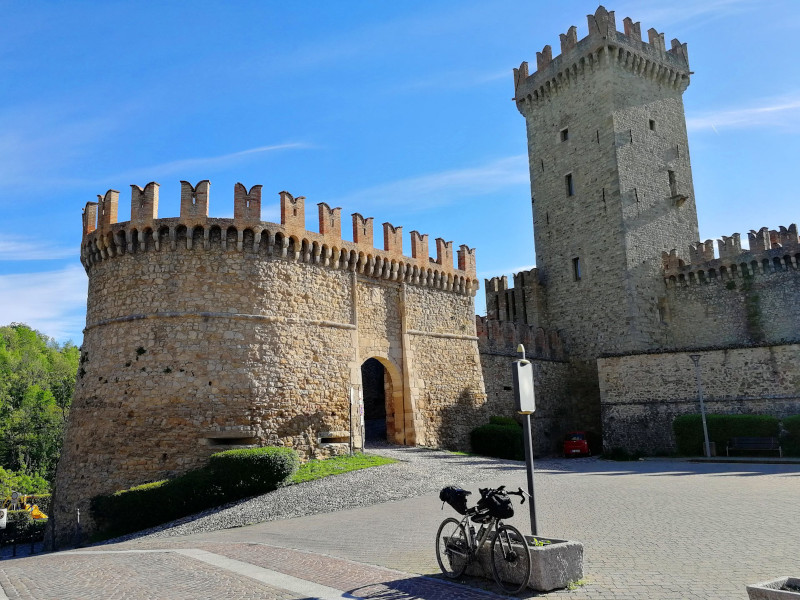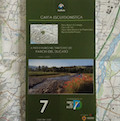Parco Regionale dello Stirone e del Piacenziano
www.parchidelducato.itFrom Castell'Arquato to Salsomaggiore Terme
- Trail Conditions: By bike
- Departure: Castell'Arquato
- Arrival: Salsomaggiore Terme
- Difficulty Level: Demanding
- Length: 28.8 km
- Difference in height: Uphill 520m - Downhill 512m
The Parco Regionale dello Stirone e del Piacenziano is subdivided into the Piacenziano area, consisting of nine zones, and the Stirone stream area, which runs for 14 km along the valley of the stream, and for an average of about 1 km wide. In the area of the Stirone stream, the Park protects the river and neighbouring ecosystems, which are very important for the biodiversity (gullies, ecotonal areas, streams surrounded by greenery with spectacular erosion slopes).
Along the Stirone, since the 1950s, the activities related to the construction of the Autostrada del Sole highway caused a resumption of erosive processes, bringing to light fossil bearing layers (especially molluscs and marine gastropods from the Tertiary and Quaternary eras), through which important phases of the Apennine orogeny have been reconstructed and which have made the park known to the international scientific world.
The heart of the protected area is the 'open-air museum' between San Nicomede and Laurano, a deep canyon carved into the Pliocene clays, rich in fossiliferous sediments. Canyon walls are an ideal place for bee-eaters to dig their nests, tunnels that creep a few metres into the friable banks. From the park headquarters, an interesting walk can be taken along the watercourse, where fossils of progressively more recent ages can be found.
Part of the historical/cultural heritage of the valley are: the Ancient Sea and Biodiversity Museum (MuMAB) at the Park headquarters in San Nicomede, Vigoleno Castle with the Romanesque parish church of San Giorgio, the fortress of Scipione Castello and the small church of San Nicomede where, according to tradition, a salso-iodine spring gushed forth.
Vigoleno
Vigoleno is a hamlet in the municipality of Vernasca (PC). The medieval village stands on Colle Santo Stefano and dominates the Stirone Valley. It probably arose as an outpost on the road to Parma and as a defence on the valley. It was owned by many different owners, including the Scotti of Piacenza and the more famous Pallavicino and Farnese families. The crenellated walls, the four-storey donjon, the square with its 16th-century fountain and the Romanesque church of San Giorgio makes it rightfully certified among the Most Beautiful Villages in Italy.




 Download KMZ
Download KMZ Download the itinerary in GPX format
Download the itinerary in GPX format















